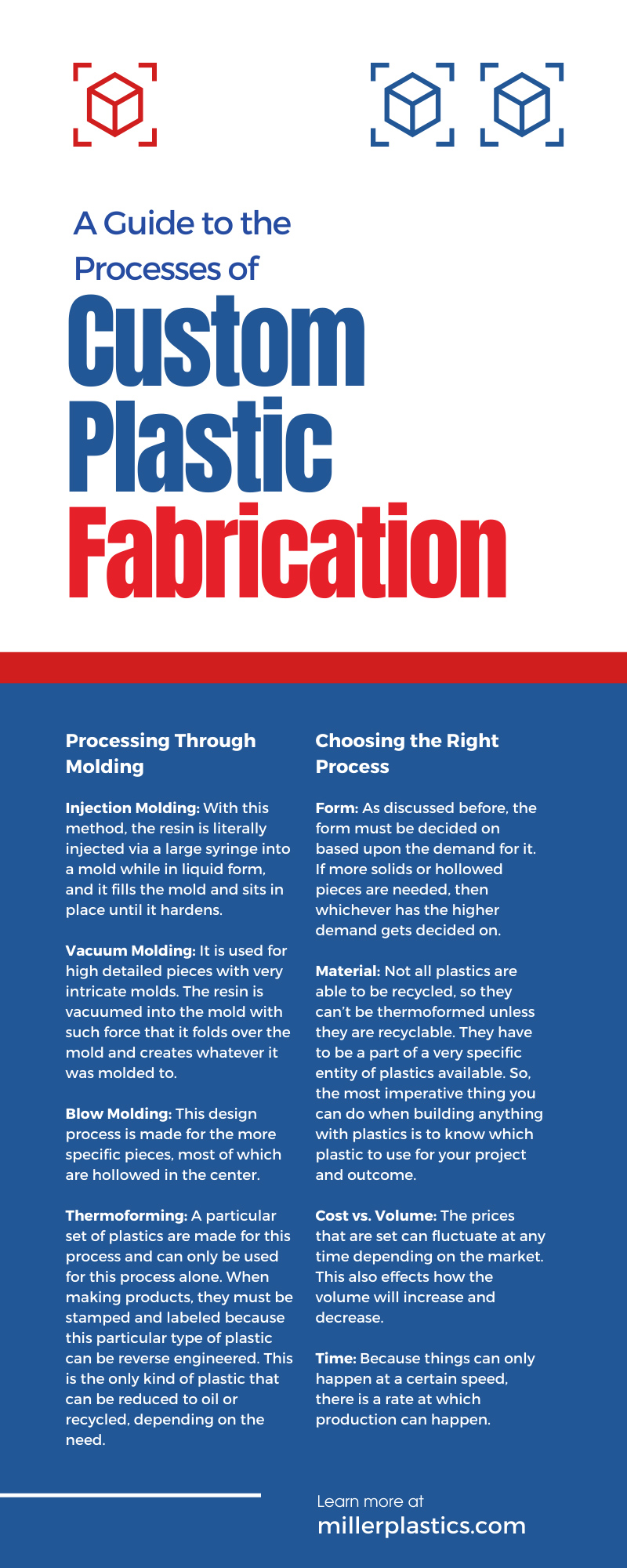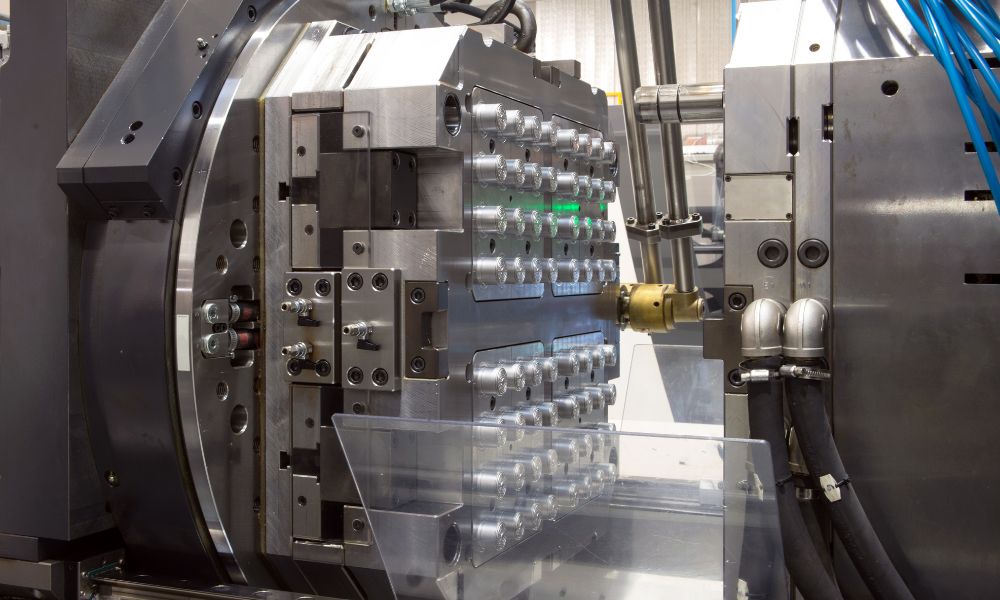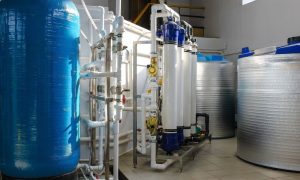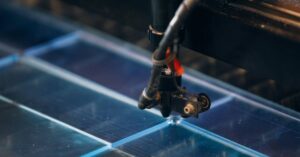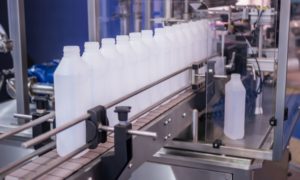There are several means by which plastics are created and fabricated, and then there are the means behind how they can produce the plastics outside of just the craton. Every product has a priority that must be met, so to make this happen, they all must be fabricated for these different jobs. Here is a guide to the processes of custom plastic fabrication to better develop how plastics have changed our lives.
Processing Through Molding
When working with plastic, it doesn’t start out as plastic at all. In fact, it starts out as a by-product of petroleum. When oil is being produced, a resin is left over as a by-product, and from that same resin, we are able to extract the material and form it to create what we know as plastics. There are several ways we form plastics depending on the chemical makeup and density of these plastic materials, and these are those methods.
Injection Molding
With this method, the resin is literally injected via a large syringe into a mold while in liquid form, and it fills the mold and sits in place until it hardens. Once it hardens, it is taken out of the mold, and you are left with the piece that you wanted to create. This is a great way of achieving a perfect piece every time with die-cast molds. A great example of this is custom acrylics fabrication. If you’ve ever noticed just how perfect plastic pieces are shaped, this is why. It is especially important in the industrial sector, where plastics are used for gears and tools in the manufacturing industries, where these same pieces go into mechanics and need to be fitted perfectly in order to work correctly.
Vacuum Molding
This method is an interesting method. It is used for high detailed pieces with very intricate molds. The resin is vacuumed into the mold with such force that it folds over the mold and creates whatever it was molded to. Then the mold is removed, and you are left with your newly formed piece that will be used for whatever it was created to be used for. While injection molding is for more solid pieces that have less detail, vacuum molding catches every crease and dot. All of the imperfections to create something truly marvelous and perfected like a chiseled piece of artwork.
Blow Molding
This design process is made for the more specific pieces, most of which are hollowed in the center. It makes sense for bottles and bags, cups and bowls; anything that has an opening would suggest that the piece is blow molded. These molds are important to plastic manufacturing, equally as much as any other, as they all have different roles that they carry with them.
Thermoforming
A particular set of plastics are made for this process and can only be used for this process alone. When making products, they have to be stamped and labeled because this particular type of plastic can be reverse engineered. This is the only kind of plastic that can be reduced to oil or recycled, depending on the need. These plastics are in demand as recycling has finally caught on globally, and thermoforming has made its way into mainstream culture. It’s now cooled to recycle because so many now understand the benefit and the state of the world as it stands right now.
Choosing the Right Process
There are different factors that all go into how and why plastics are made, as they can’t all just be dialed up and produced all at once. First, there has to be a demand for them, but what is even more important is the ethic behind why they are being produced, which means that there is a priority that must be met first. Things such as the form type, materials used, the cost and volume of the product creation, and the time are all intertwined and have everything to do with how and why we produce plastics the way that we do, from an ethical perspective.
Form
As discussed before, the form must be decided on based upon the demand for it. If more solids are needed or hollowed pieces, then whichever has the higher demand gets decided on. Of course, there is a demand for all of them, but depending on which has the highest rate and volume is how it’s determined which to make first and at what rate to meet those needs.
Material
This is a huge component of plastic generation as all plastics are not made equal. As we said before, not all plastics are able to be recycled, so they can’t be thermoformed unless they are recyclable. They have to be a part of a very specific entity of plastics available. So, the most imperative thing you can do when building anything with plastics is to know which plastic to use for your project and outcome. If you know the details and characteristics of that plastic, you will be much better off with whatever you choose to use it for.
Cost Vs. Volume
The prices that are set can fluctuate at any time, depending on the market. This also effects how the volume will increase and decrease, so it’s all weighing on each other, and that’s why these things have to be evaluated daily by staff leadership to see how much is being produced and at what rate.
Time
Because things can only happen at a certain speed, there is a rate at which production can happen. This ultimately caps off the amount of production per type of plastic. This gives a maximum amount of plastics produced per day, so time is a huge factor that really is crucial to everything that is done inside the facility, from the workers to the mechanics. Everything has to be timed out correctly and executed daily just perfectly to get the numbers right where they need to be.
This has been a guide to the processes of custom plastics fabrication to help let more people know how plastics are created and the methods used to make them. It’s also important that they know that there is an ethical process of management that goes alongside that.
